Not sure how to teach all of the different sounds of y? Well, you’ve come to the right place!
“Y” can be super tricky for students (and teachers!) because of all of its sounds. Many of us have heard of “Bossy R,” but I tend to think that “y” is just as bossy and demanding! The even wackier thing, though, is that “y” actually steals other vowel sounds…more on that to come!
In this post, I’ll walk you through the consonant and vowel sounds of y. I’ll also share tips for how and when to teach this concept!

What Are The 3 Sounds of Y?
As I mentioned, the letter “y” can be a consonant or vowel. You may have heard the “a, e, i, o, u, and sometimes y” chant – but what does that actually mean?
The letter “y” can make three sounds:
- y can make the /y/ sound as in “yellow”
- y can make the long i sound as in “shy”
- y can make the long e sound as in “happy”
In #2 and #3, the letter y is actually serving as a vowel in the word. Could that be any more confusing?! Come on, English!
How Do You Teach The Sounds of Final Y?
So that it’s not a complete guessing game for students, there are a couple of rules to help students decide which sound of y to use.
If “y” is at the end of a word, students can count the syllables in the word (which will be equal to the total number of vowel sounds, including y). That can help determine if the final y makes the long i or long e sound.
- If “y” is at the end of a one syllable word, y makes the long i sound (examples: my, cry, shy)
- If “y” is at the end of a word with 2+ syllables, y makes the long e sound (examples: baby, puppy, pony)
There are certainly a few exceptions out there, too. For example, the words “rely” and “reply” both have the long i sound, yet they have 2 syllables.
So in my opinion, the most important “rule” to teach is this: If you try one sound for y and can’t make sense of the word, try the other sound and see if that works!
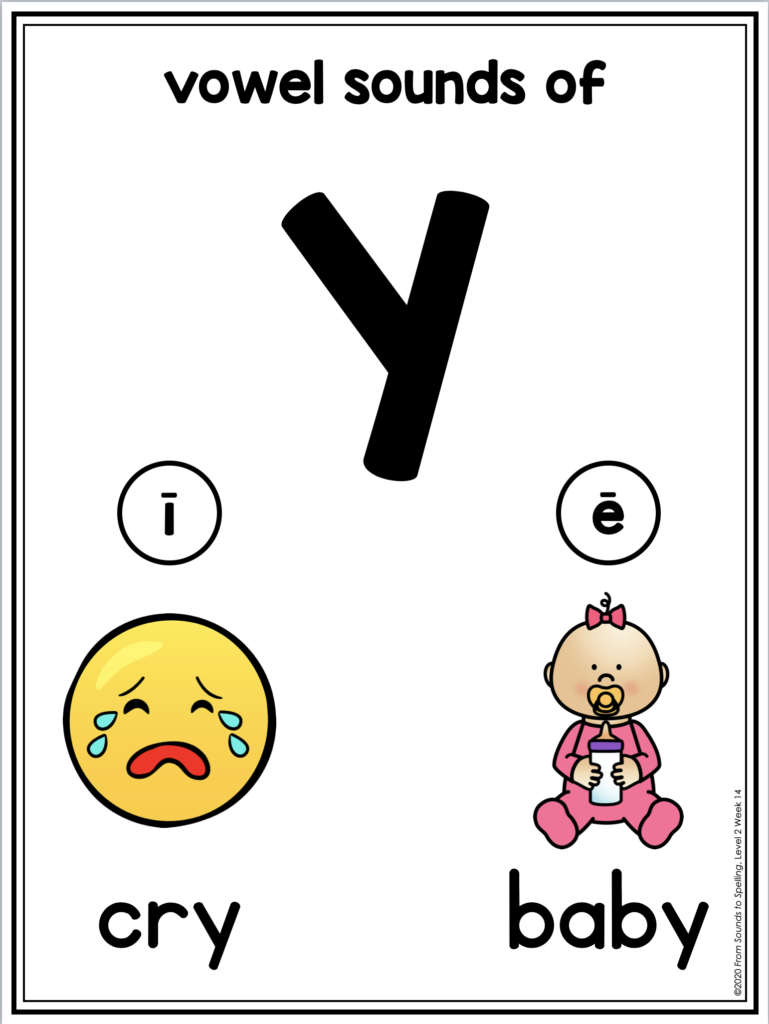
When Do I Teach the Sounds of Y?
Here’s how I teach the sounds of y in my phonics program, From Sounds to Spelling:
In Kindergarten, students learn the /y/ sound for y. When words like “my” come up, I help students notice the “different” y sound.
In 1st grade, students review y with the /y/ sound. They learn the long i sound for y when we discuss long i spelling patterns. (I do also point out the long e sound.)
In 2nd grade, we practice all 3 sounds for y, with a little more instruction on the long e sound of y.
What Are Some Activities for Teaching the Sounds of Y?
- Use magnetic letters to create words using all three of the sounds of y. This can be a dictation activity or an open-ended activity. (Here is a DIY magnetic tiles project if you don’t have enough magnetic letters or tiles for your students!)
- Try a word sort where students place words under two categories → “y says i” and “y says e.”
- Circle, underline, or highlight words with final -y BEFORE reading a decodable text. (You can also have students determine the sounds of -y in each word before they read.)
- Have students pretend to be the “Y Bandit” and find words in a text, around the room, on a worksheet…(wherever!) when the “Y Bandit” steals other vowels to make the long i or long e sound.
- Read one of the “Fly Guy” series books. For increased engagement, have students do one of the following if they notice a word with y as the long i sound:
Conclusion
The sounds of y can definitely be tricky for students. You’ll want to get students in the habit of asking themselves these 3 questions when they encounter a challenging word with y:
- Is the y at the beginning or the end of a word?
- Will this y be a consonant sound or a vowel sound?
- If it’s a vowel sound, which vowel sound is it “stealing?”
Getting students to do this problem-solving on their own will help lead to more autonomy in decoding!
I hope this information on the sounds of y was helpful! If you’re in need of more resources to teach the sounds of y and many other phonics skills, check out my phonics program From Sounds to Spelling.
Happy teaching!


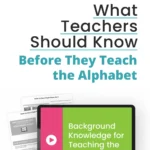
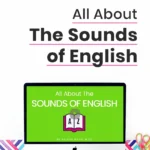


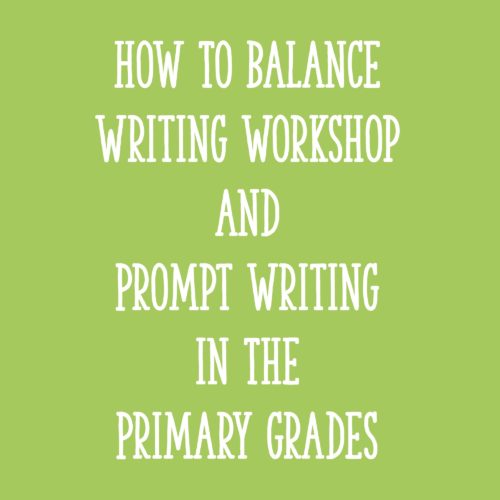
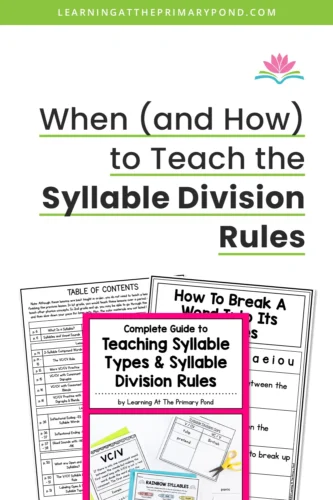






Brilliant conception to explaining the Y sound. Your articulation is excellent yet easily understandable when a teacher is trying to teach the letter to children. Best so far.
Thanks, Michelle!